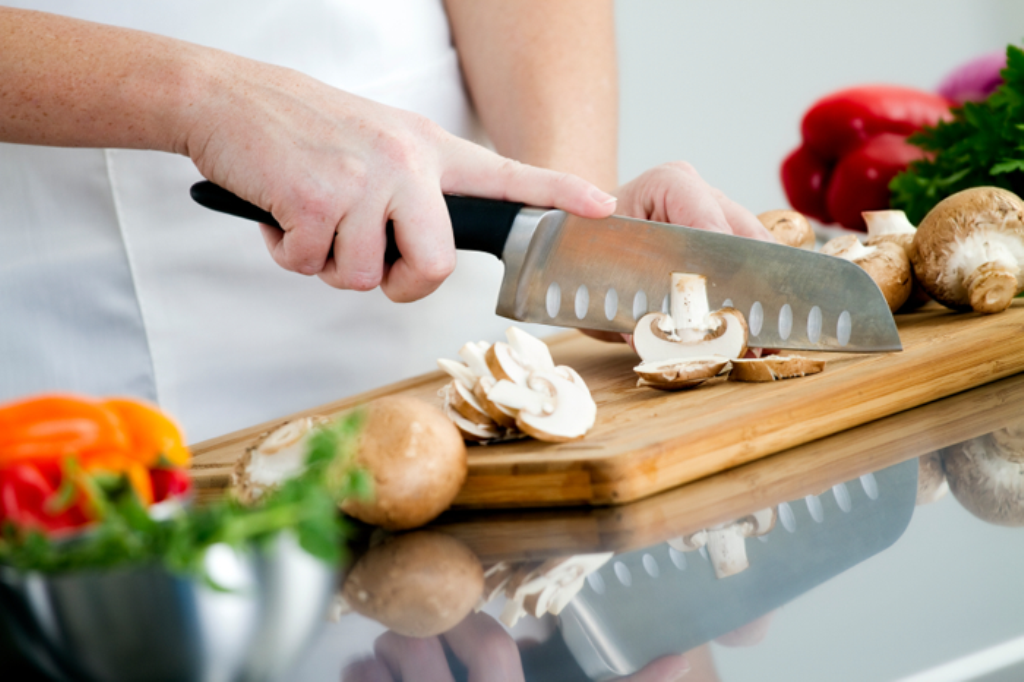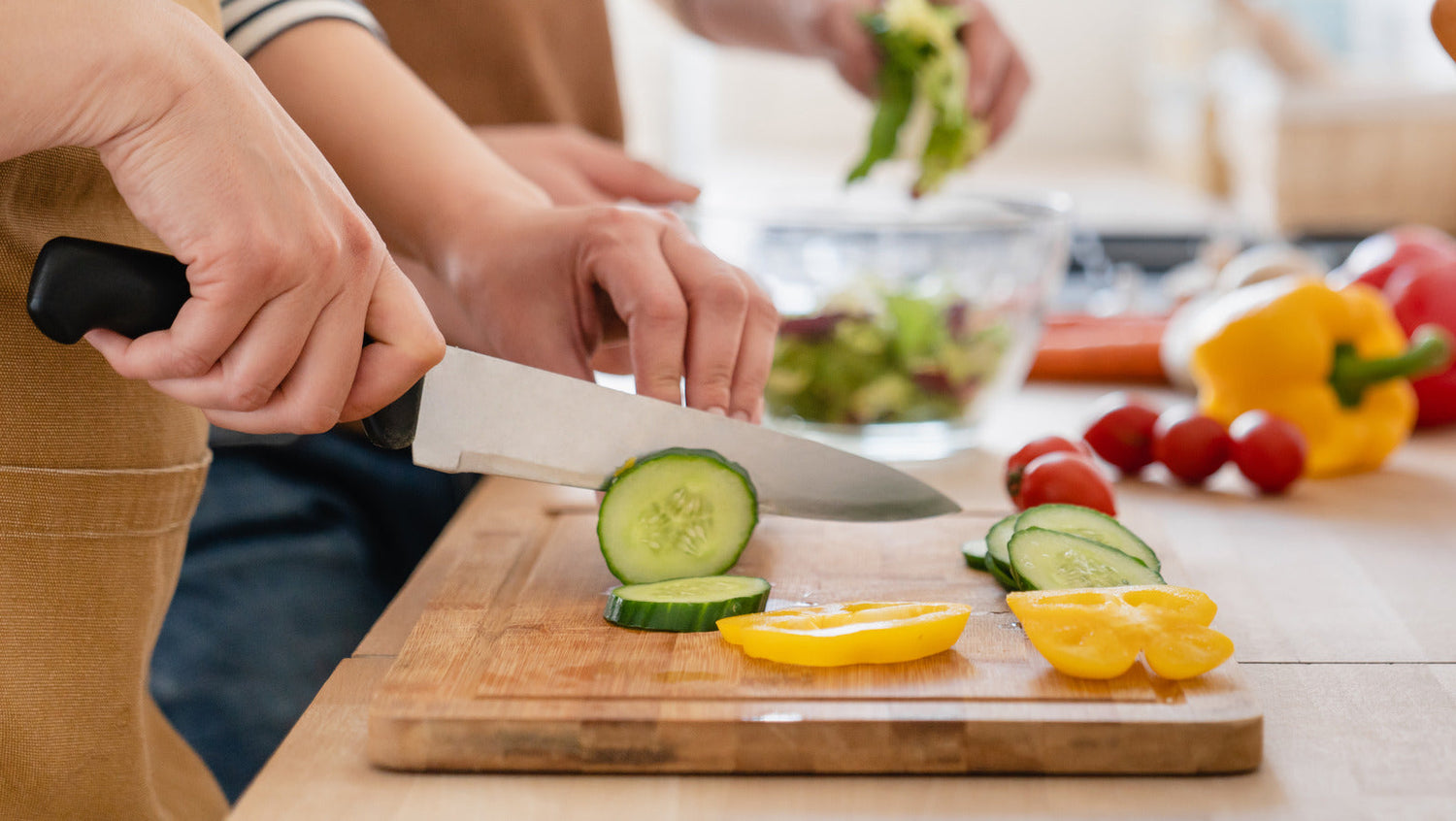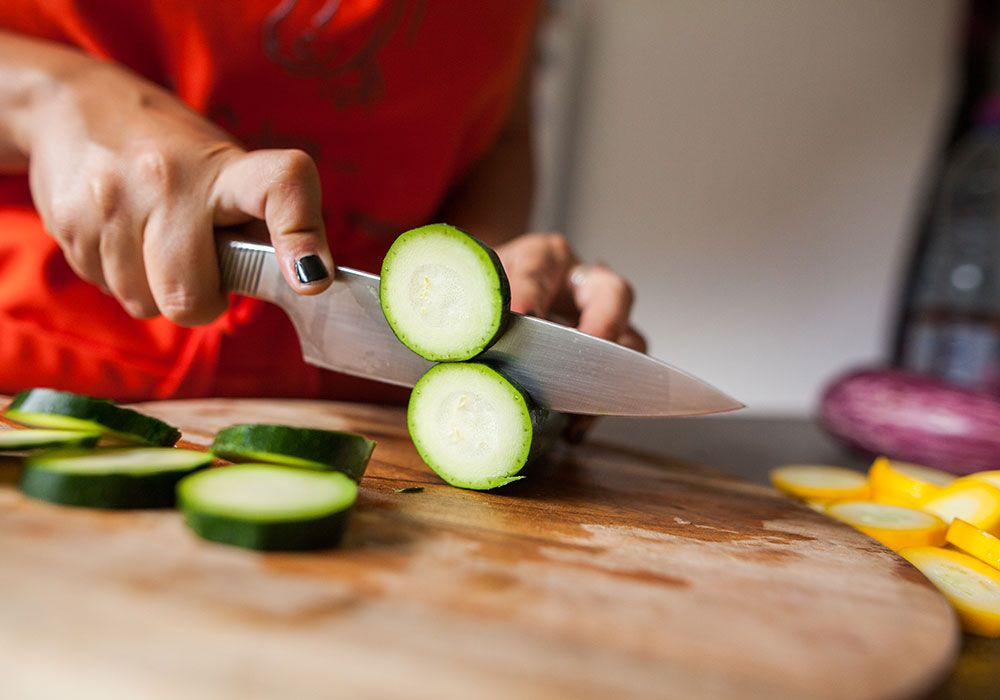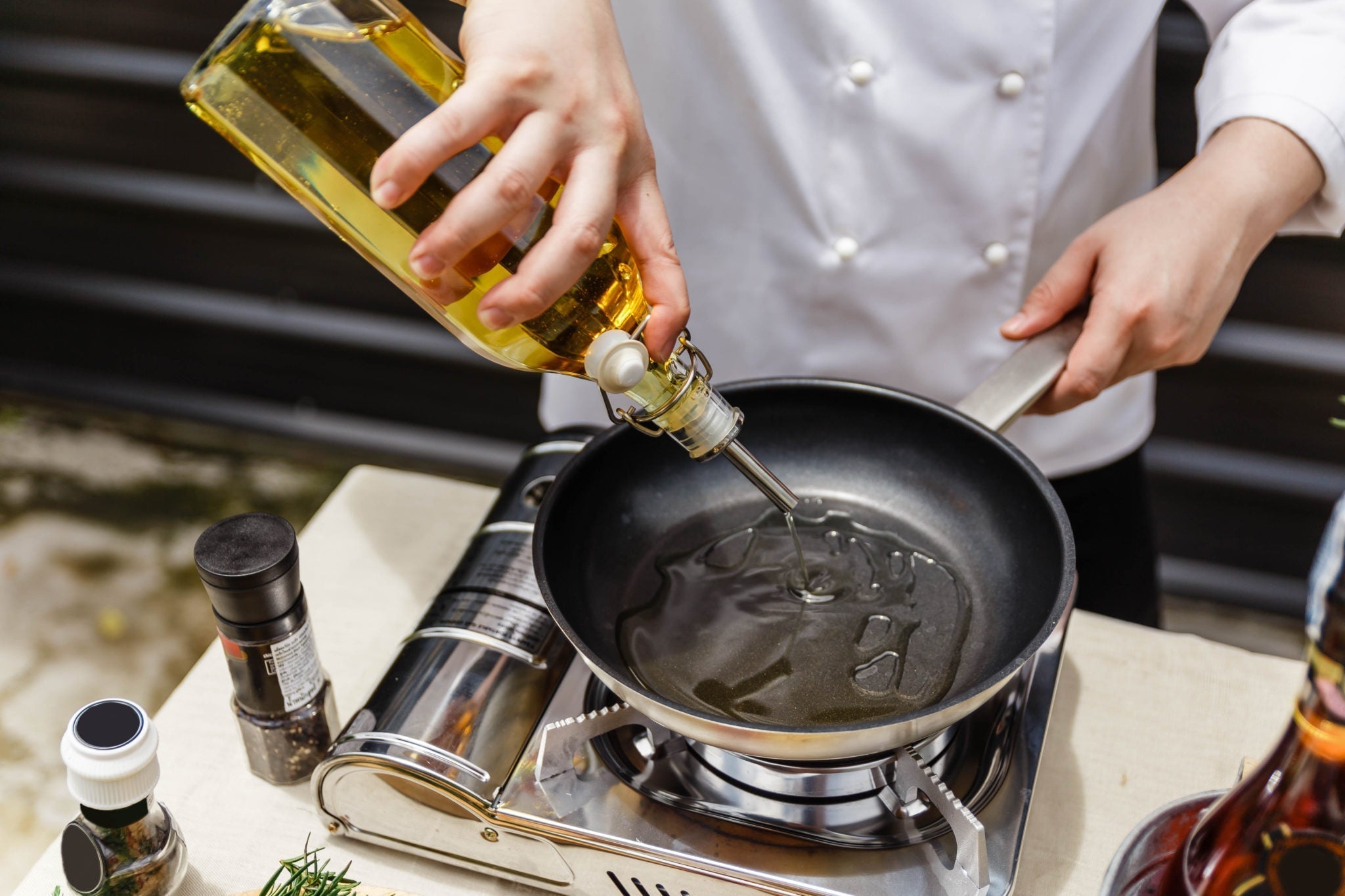For every kitchen professional, maintaining a pristine and functional cutting board is crucial. If youve ever wondered how to seal wood cutting board to prolong its life and maintain its surface, this guide is for you. A properly sealed cutting board not only enhances its durability but also ensures food safety for you and your clients.

Why is Sealing a Wood Cutting Board Essential?
Sealing your wood cutting board serves several purposes. First, it protects the wood from absorbing moisture, which can ultimately cause warping, cracking, or bacterial growth. Second, it creates a smoother surface for hassle-free cutting. Lastly, it extends the lifespan of your cutting board, making it a worthwhile investment for chefs and kitchen professionals.
Choosing the Right Sealant for Your Cutting Board
The selection of sealant plays a critical role in the sealing process. Not every product is food-safe or suitable for kitchen use. Here are some popular options:
- Food-Grade Mineral Oil: A popular and affordable choice that prevents splits and cracks.
- Beeswax: Often paired with mineral oil, beeswax adds a protective layer and improves durability.
- Fractionated Coconut Oil: Unlike regular coconut oil, this doesnt go rancid and offers excellent wood hydration.
For more detailed insights, you may find this resource on cutting board care useful.
Step-by-Step Guide to Sealing Your Wood Cutting Board
Follow these steps to efficiently seal your wooden cutting board:
Step 1: Clean Your Cutting Board
Start by thoroughly washing the cutting board with warm water and mild soap. Make sure to remove any food debris or stains. Allow it to dry completely before proceeding. For tips on removing stubborn grease, check out this grease cleaning guide.
Step 2: Sand the Surface
If your cutting board shows scuffs or knife marks, use fine-grit sandpaper to smooth the surface. Always sand in the direction of the wood grain for optimal results.
Step 3: Apply the Sealant
Using a clean cloth, liberally apply your chosen food-grade sealant over the surface of the board. Focus on applying it evenly.
Step 4: Let It Soak
Allow the sealant to soak into the wood for several hours or, ideally, overnight. This process helps the wood hydrate and creates a protective barrier.
Step 5: Buff the Board
After the sealant has soaked in, use a lint-free cloth to buff the surface until it's smooth. This final step ensures your cutting board retains its aesthetic while remaining functional.
Sealing Frequency and Maintenance
To keep your board in tip-top shape, you should reseal it every 34 weeks or as needed. Between sealings, clean your cutting board regularly and dry it immediately to prevent water damage. You can even rotate between sealantssuch as combining mineral oil with beeswaxto enhance the woods resilience.
Also, dont forget regular sanitization, especially in professional kitchens. For more on this, check out our detailed guide on sanitizing wood cutting boards.
Common Mistakes to Avoid
- Avoid using non-food-safe products, as they can potentially contaminate your food.
- Do not submerge the board in water for extended periodsit weakens the wood.
- Stay away from high-temperature drying methods like dishwashers, as they can cause rapid damage.
Understanding these pitfalls ensures the longevity and usability of your cutting board. Dive into more techniques by visiting seasoning a cast-iron pana related kitchen maintenance task.

FAQs
1. Whats the best sealant for wood cutting boards?
The most recommended sealant is food-grade mineral oil due to its affordability and effective wood hydration capabilities.
2. How often should I reseal my cutting board?
Its ideal to reseal your cutting board every 34 weeks or whenever the surface starts looking dull or dry.
3. Can I use coconut oil on my cutting board?
Yes, but only fractionated coconut oil is suitable because standard coconut oil can go rancid over time.
Looking for more ideas? Check out our blog post on making end-grain cutting boards for creative cutting board options!
This article contains affiliate links. We may earn a commission at no extra cost to you.






Leave a comment
This site is protected by hCaptcha and the hCaptcha Privacy Policy and Terms of Service apply.